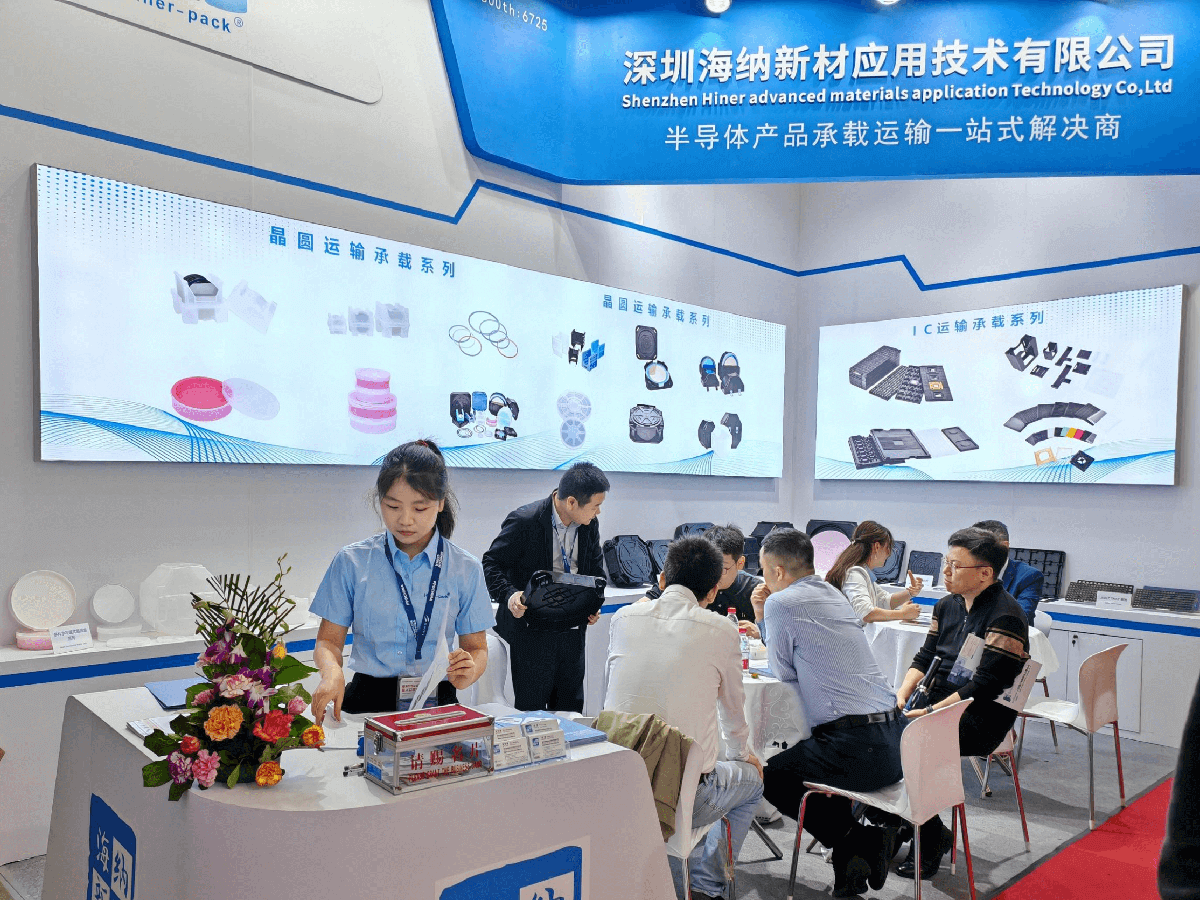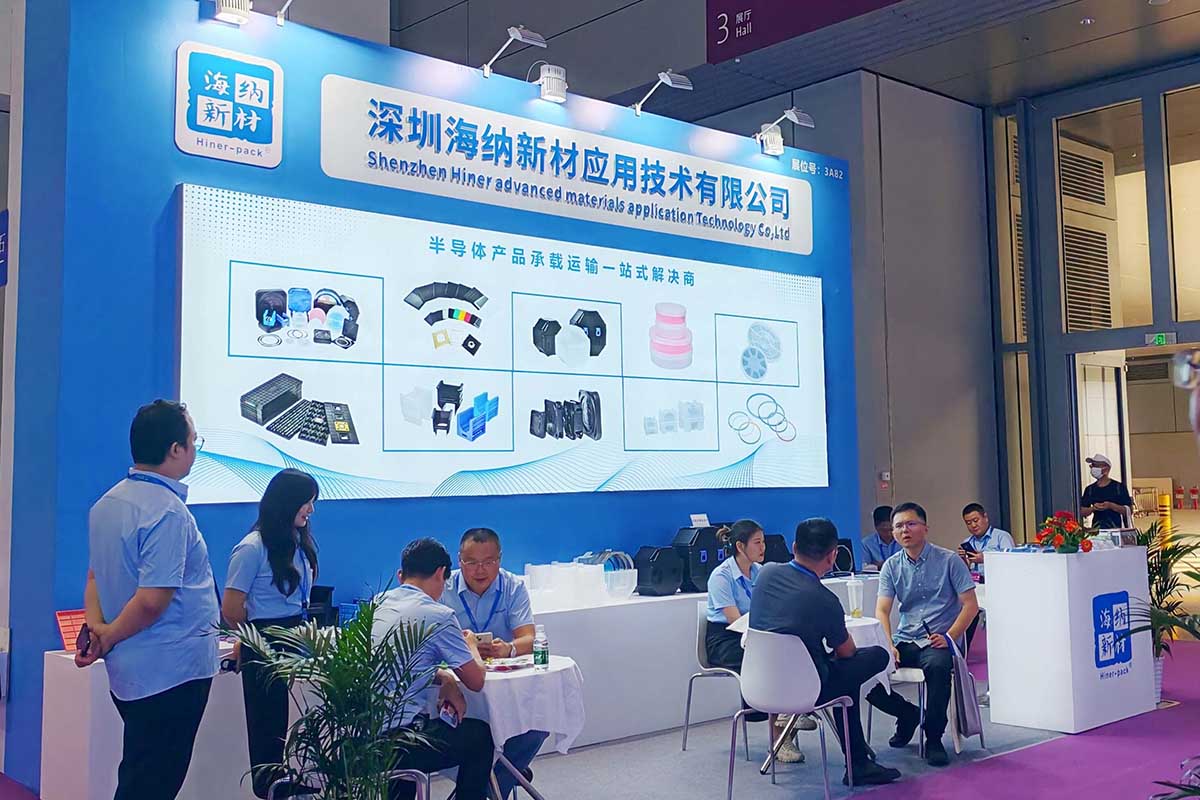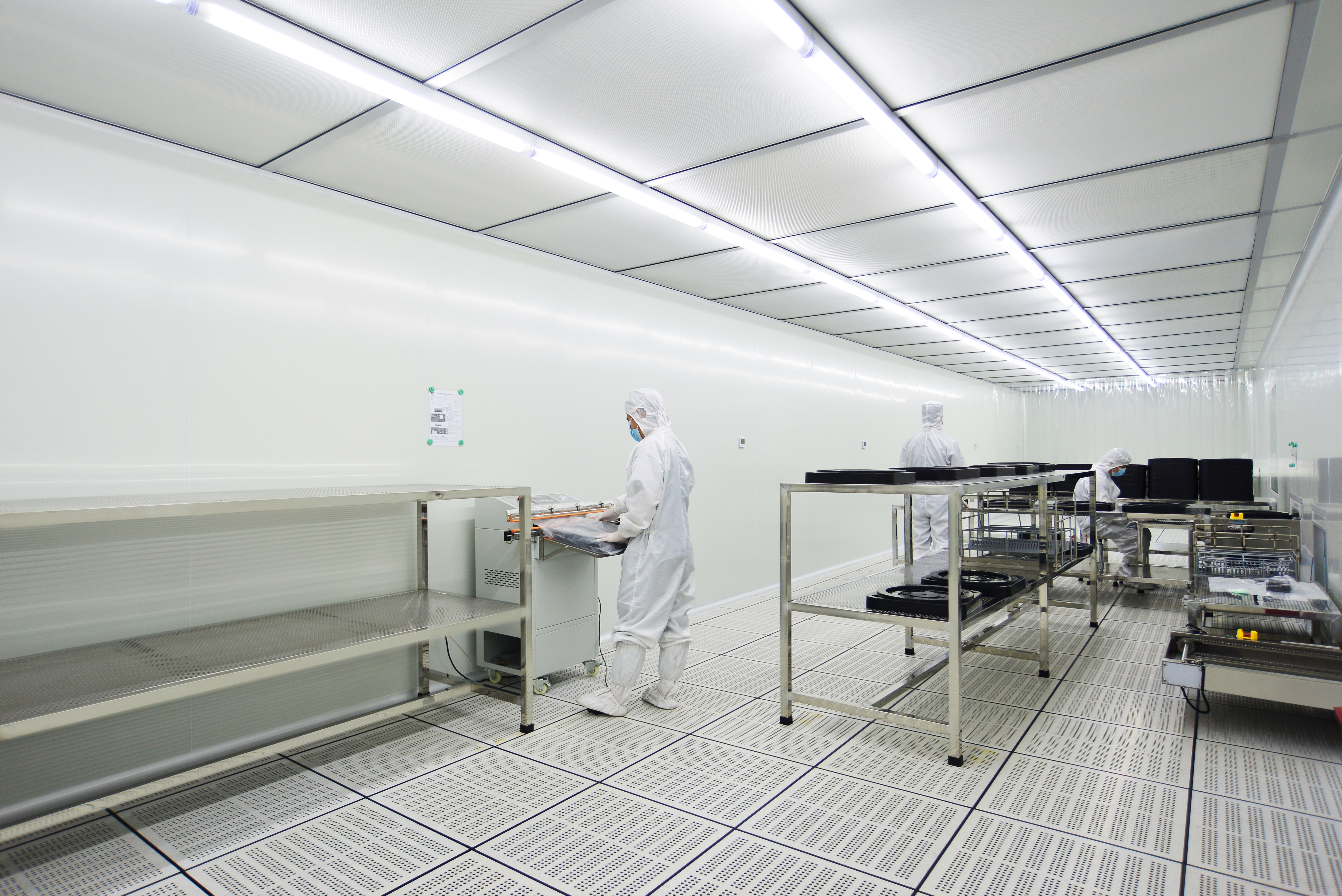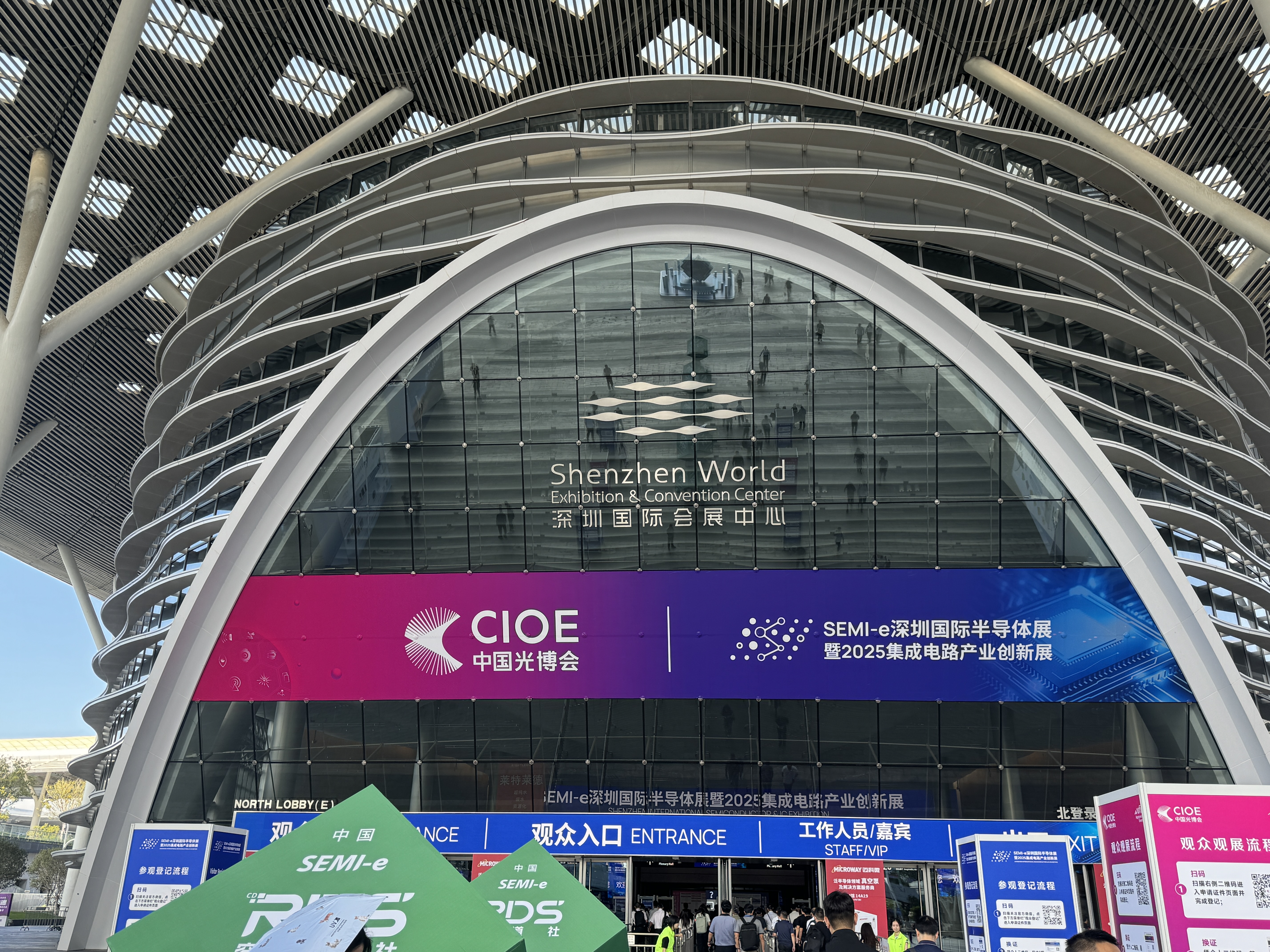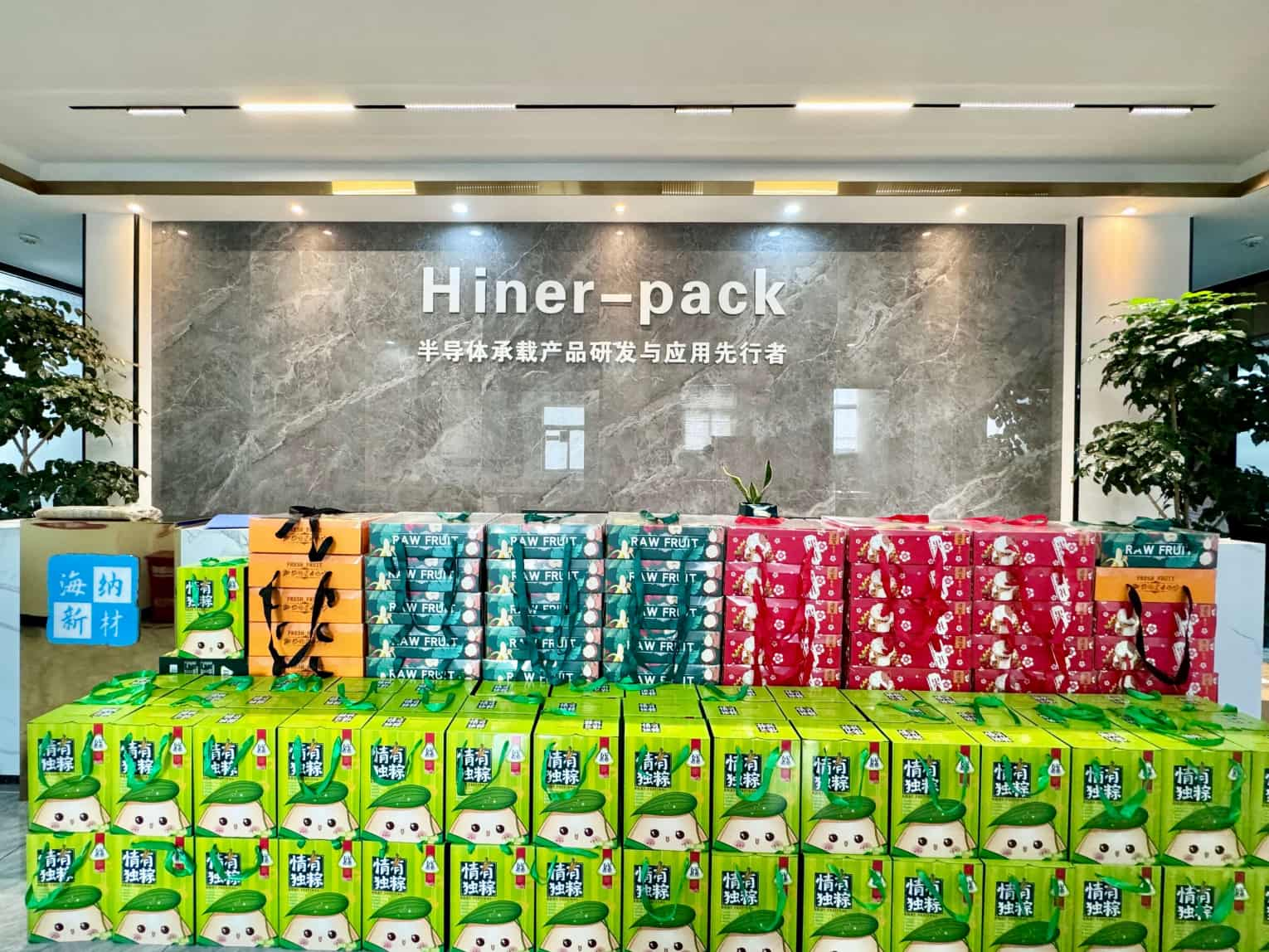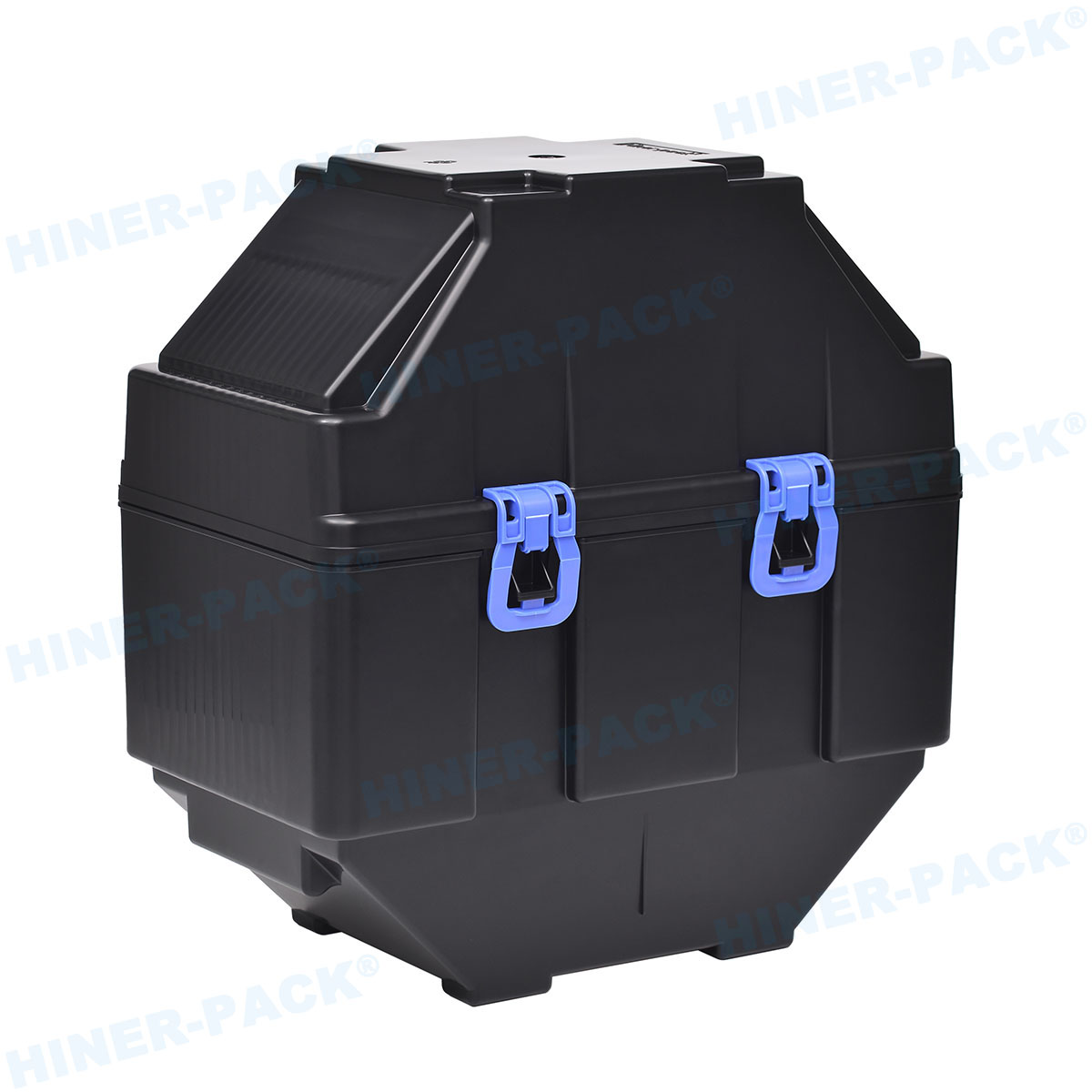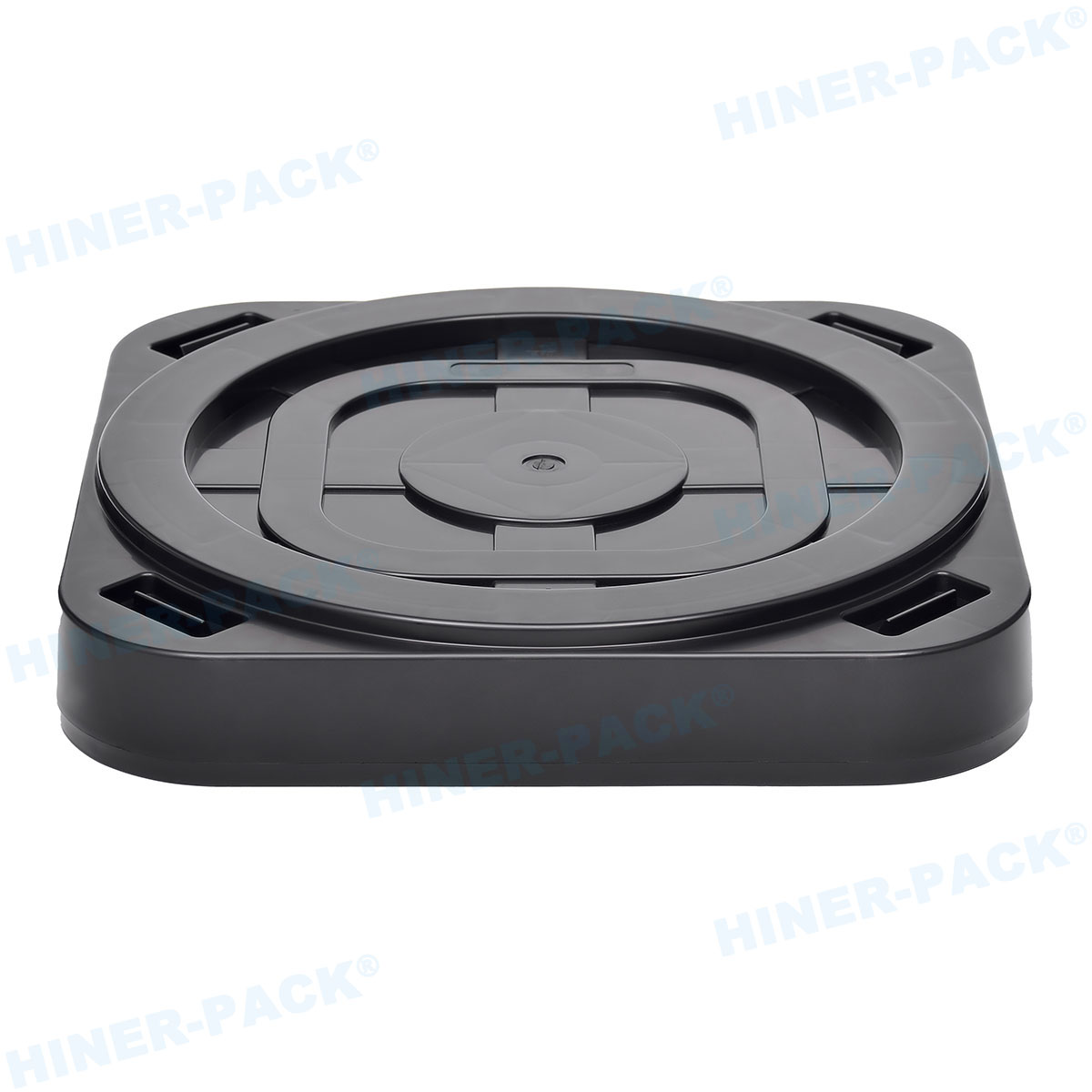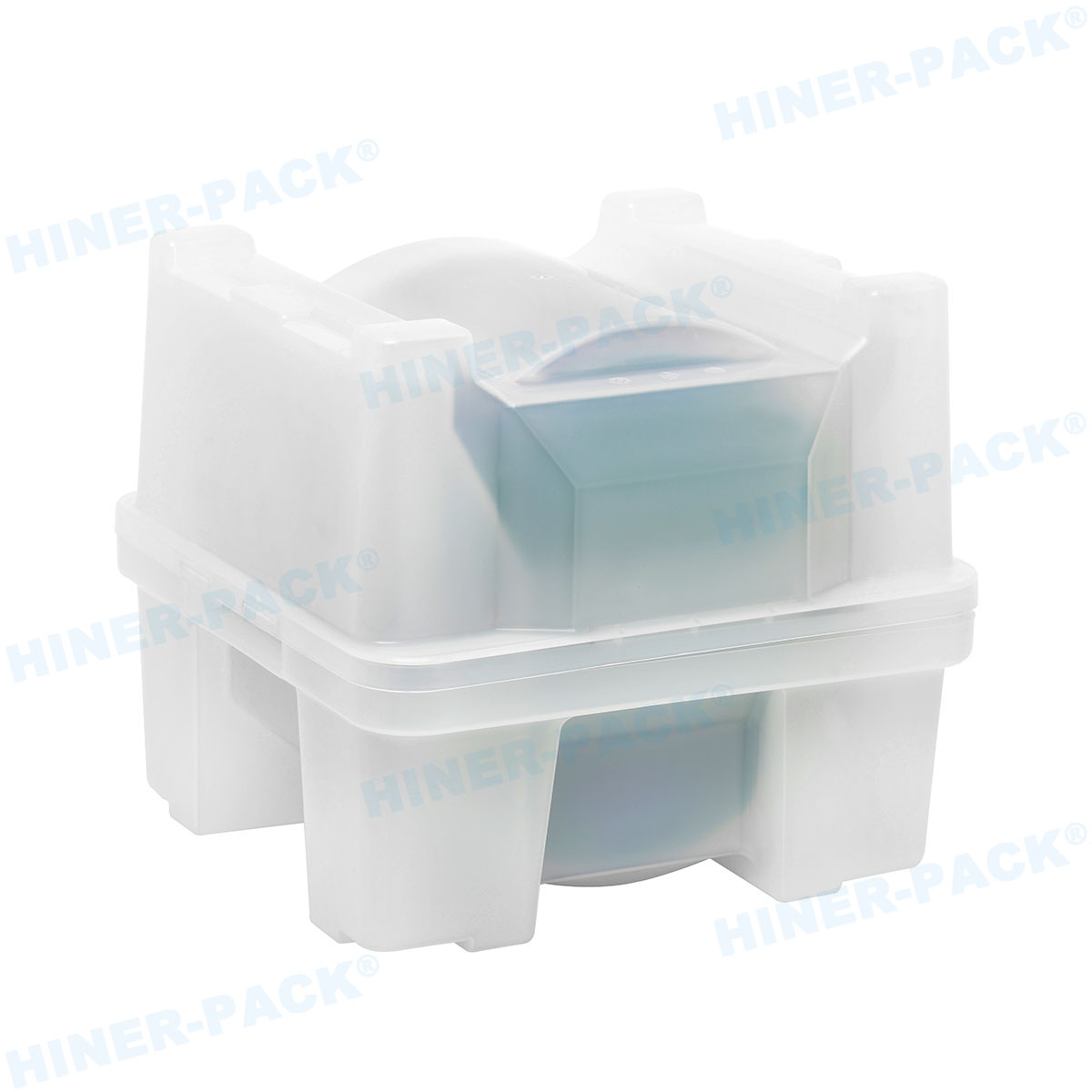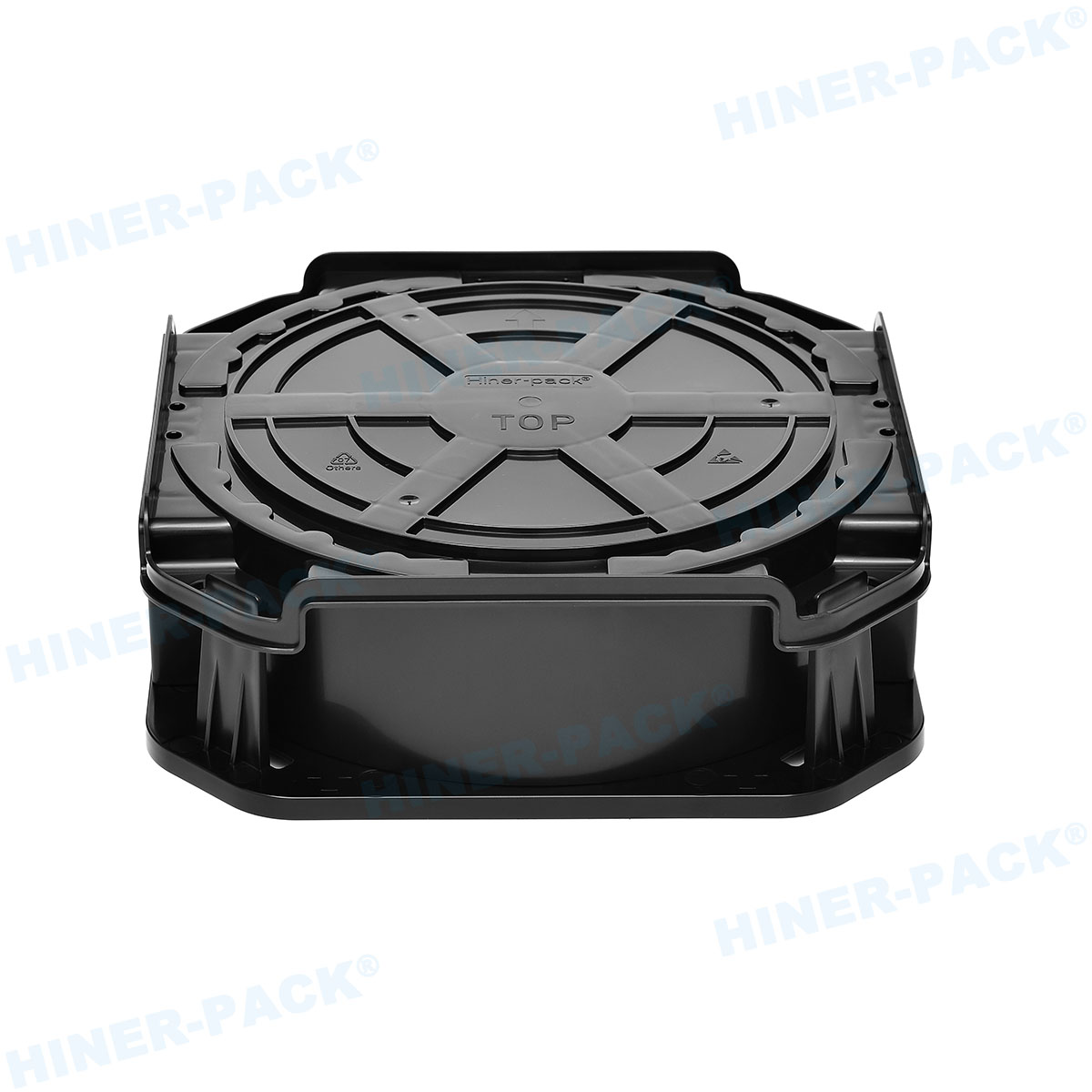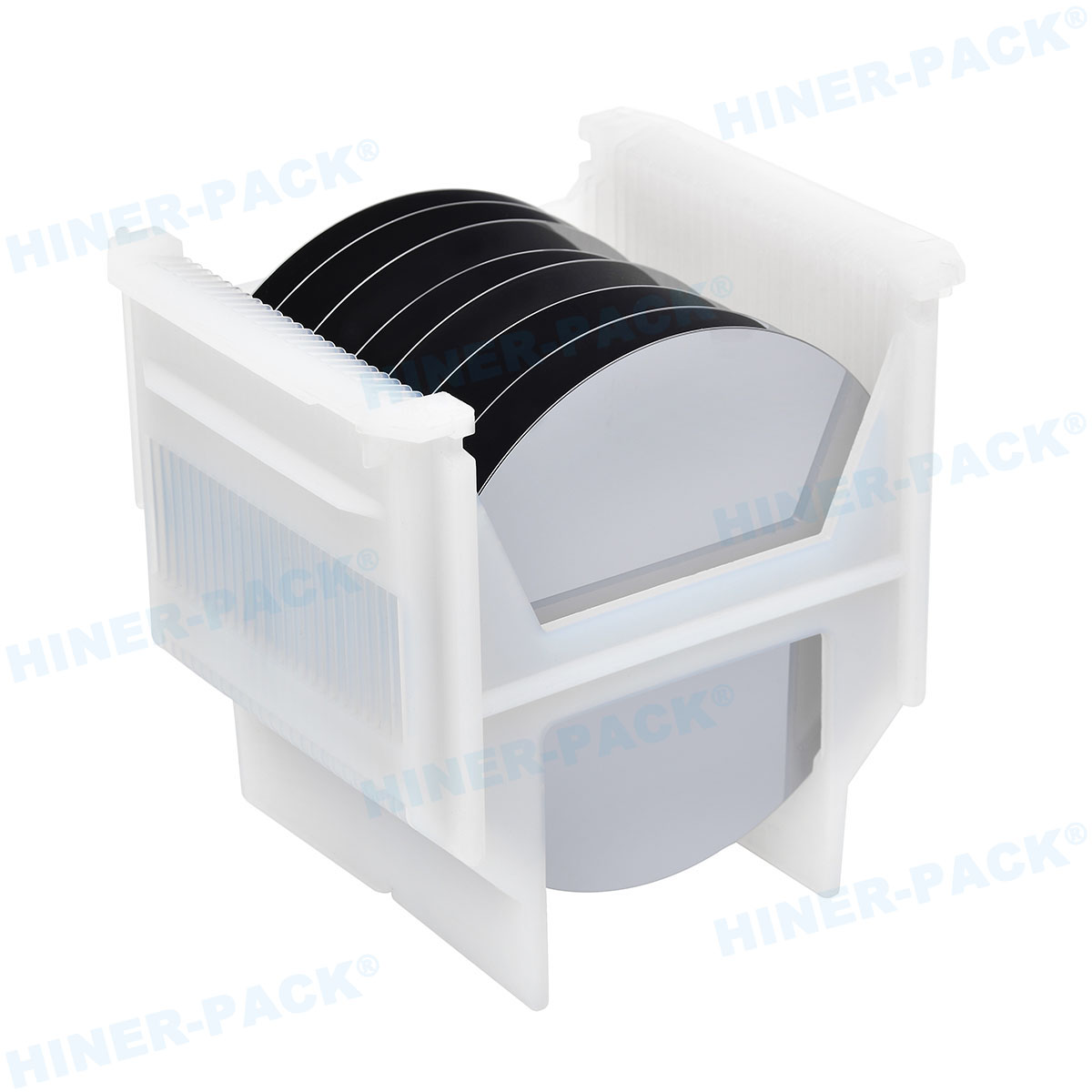The semiconductor industry relies heavily on precision and efficiency, with the 300mm wafer carrier playing a pivotal role in safeguarding delicate wafers during manufacturing and transport. As technology advances, understanding the nuances of these carriers—including aspects like the 12 inch wafer carrier equivalence, 300mm wafer carrier price considerations, adherence to SEMI E standards for wafer carriers, and the growing demand for custom 300mm wafer container options—becomes essential for professionals aiming to optimize production lines. This article delves into seven key areas that highlight the importance of 300mm wafer carriers, providing a comprehensive overview that addresses common queries and industry trends. By exploring these facets, readers can gain actionable insights to enhance their operational workflows and make informed decisions in a competitive market.
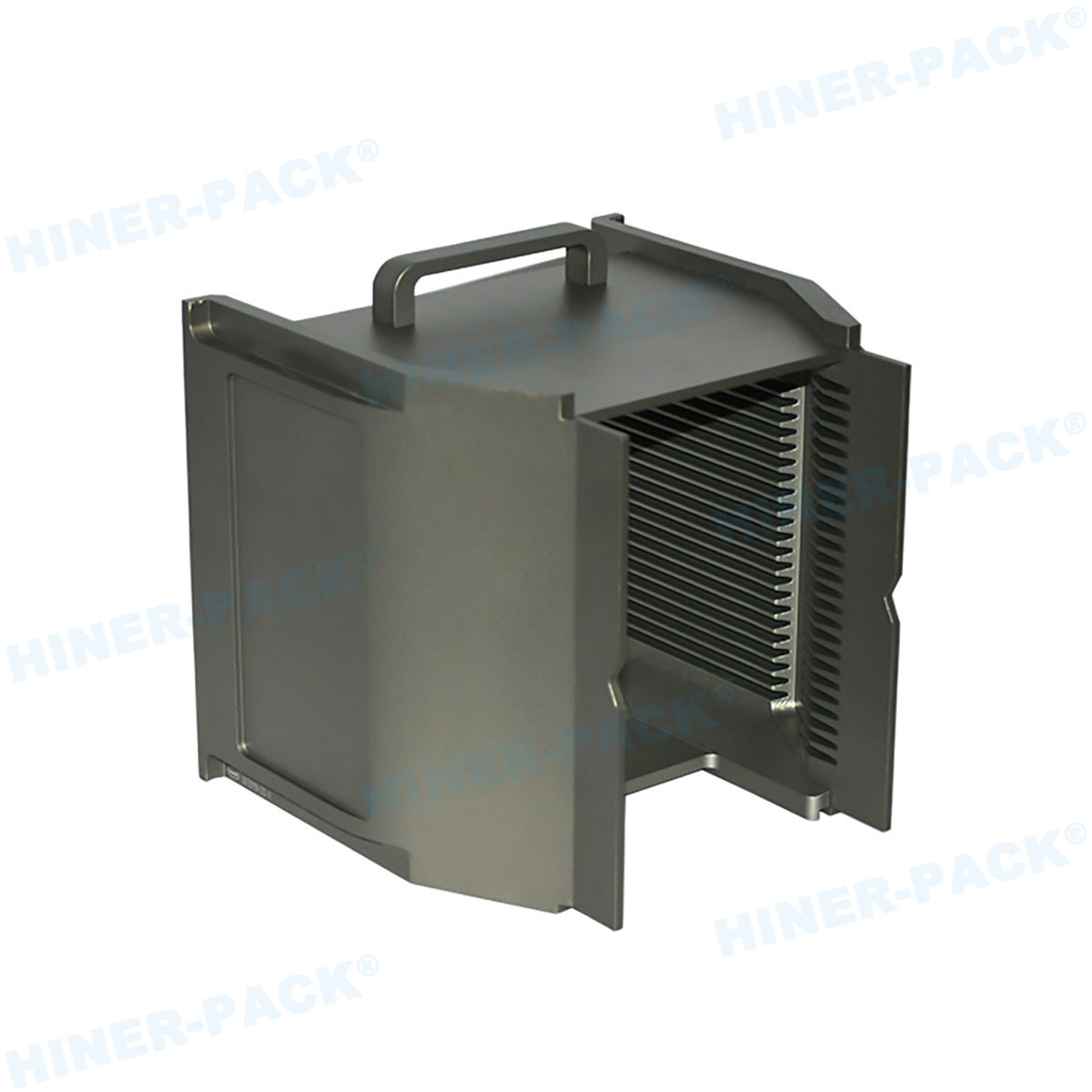
What is a 300mm Wafer Carrier?
A 300mm wafer carrier is a specialized container designed to hold and protect 300mm silicon wafers, which are approximately 12 inches in diameter, during various stages of semiconductor fabrication. These carriers are crucial for preventing contamination, physical damage, and electrostatic discharge, ensuring that wafers remain in pristine condition from production to assembly. Typically made from high-purity materials like polycarbonate or advanced polymers, a 300mm wafer carrier features a robust structure with precise slots to accommodate wafers securely. The design often includes features such as RFID tags for tracking and handling mechanisms for automated systems. In modern fabs, the use of a 300mm wafer carrier is standard due to its compatibility with high-volume manufacturing processes, which demand uniformity and reliability. As wafer sizes have increased from 200mm to 300mm, the carrier has evolved to support higher throughput and reduce per-wafer costs, making it a cornerstone in the semiconductor supply chain. Understanding the basic function and design of a 300mm wafer carrier is the first step toward appreciating its broader implications in industry applications.
The Relationship Between 12 Inch and 300mm Wafer Carriers
The terms "12 inch wafer carrier" and "300mm wafer carrier" are often used interchangeably in the semiconductor industry, as 300mm translates to roughly 12 inches. This equivalence stems from the global standardization of metric measurements in tech manufacturing, where 300mm has become the preferred reference for consistency across international markets. However, subtle differences may arise in regional contexts or specific supplier specifications. For instance, a 12 inch wafer carrier might refer to legacy systems or custom designs, but in practice, both denote carriers built to handle wafers of the same diameter. The adoption of the 300mm wafer carrier has driven efficiencies in production, allowing for more dies per wafer and lower costs per chip. When evaluating options, it's important to verify compatibility with existing equipment, as deviations in tolerances could lead to handling issues. Overall, recognizing this relationship helps in sourcing the right components and avoiding misunderstandings in procurement, especially when discussing the 300mm wafer carrier price or custom 300mm wafer container requirements with global partners.
Key Factors Influencing 300mm Wafer Carrier Price
The 300mm wafer carrier price can vary significantly based on several factors, making it essential for buyers to conduct thorough cost analyses. Material quality is a primary driver—carriers made from high-grade, static-dissipative plastics or composite materials tend to be more expensive but offer better protection against contamination and damage. Volume of purchase also plays a role; bulk orders often come with discounts, whereas one-off buys may incur premium charges. Additionally, compliance with industry standards, such as SEMI E standards for wafer carriers, can increase the 300mm wafer carrier price due to the rigorous testing and certification processes involved. Customization is another critical factor; a custom 300mm wafer container designed for specific automation systems or unique environmental conditions typically costs more than standard models. Other elements include design complexity (e.g., integrated sensors or ergonomic handles), supplier reputation, and geographic logistics. On average, prices range from $50 to $500 per unit, depending on these variables. By understanding these influences, companies can budget effectively and negotiate better deals, ensuring they get a 300mm wafer carrier that meets their needs without overspending.
Understanding SEMI E Standards for Wafer Carriers
SEMI E standards for wafer carriers are a set of guidelines established by SEMI (Semiconductor Equipment and Materials International) to ensure interoperability, safety, and performance in wafer handling. These standards cover aspects like dimensional tolerances, material properties, and testing protocols for carriers, including the 300mm wafer carrier. For example, SEMI E15 specifies the mechanical interface dimensions for 300mm wafer carriers, enabling seamless integration with front-opening unified pods (FOUPs) and other automation tools. Adherence to these standards is critical for minimizing defects and maximizing yield in semiconductor fabs, as non-compliance can lead to misalignment, wafer breakage, or contamination. When procuring a 300mm wafer carrier, verifying that it meets SEMI E standards for wafer carriers is a best practice to avoid operational disruptions. This is especially relevant for custom 300mm wafer container designs, which must align with these benchmarks to ensure compatibility. Overall, these standards foster industry-wide consistency, reducing costs and enhancing reliability—a key consideration when evaluating the 300mm wafer carrier price and long-term value.
Benefits of Custom 300mm Wafer Containers
Opting for a custom 300mm wafer container offers numerous advantages in specialized manufacturing environments. These tailored solutions are designed to address unique challenges, such as extreme cleanroom conditions, specific automation interfaces, or enhanced security features like tamper-evident seals. For instance, a custom 300mm wafer container might include additional padding for fragile wafers or integrated IoT sensors for real-time monitoring of temperature and humidity. This level of personalization can improve workflow efficiency and reduce the risk of wafer loss, ultimately justifying a higher 300mm wafer carrier price through long-term savings. Moreover, custom designs often comply with SEMI E standards for wafer carriers, ensuring they fit seamlessly into existing systems. Companies investing in a custom 300mm wafer container can also benefit from faster turnaround times and better supplier support, as these products are built to order. However, it's important to weigh the costs against the benefits, as over-customization might lead to unnecessary expenses. In summary, a custom 300mm wafer container provides flexibility and precision, making it an ideal choice for high-stakes applications where standard carriers fall short.
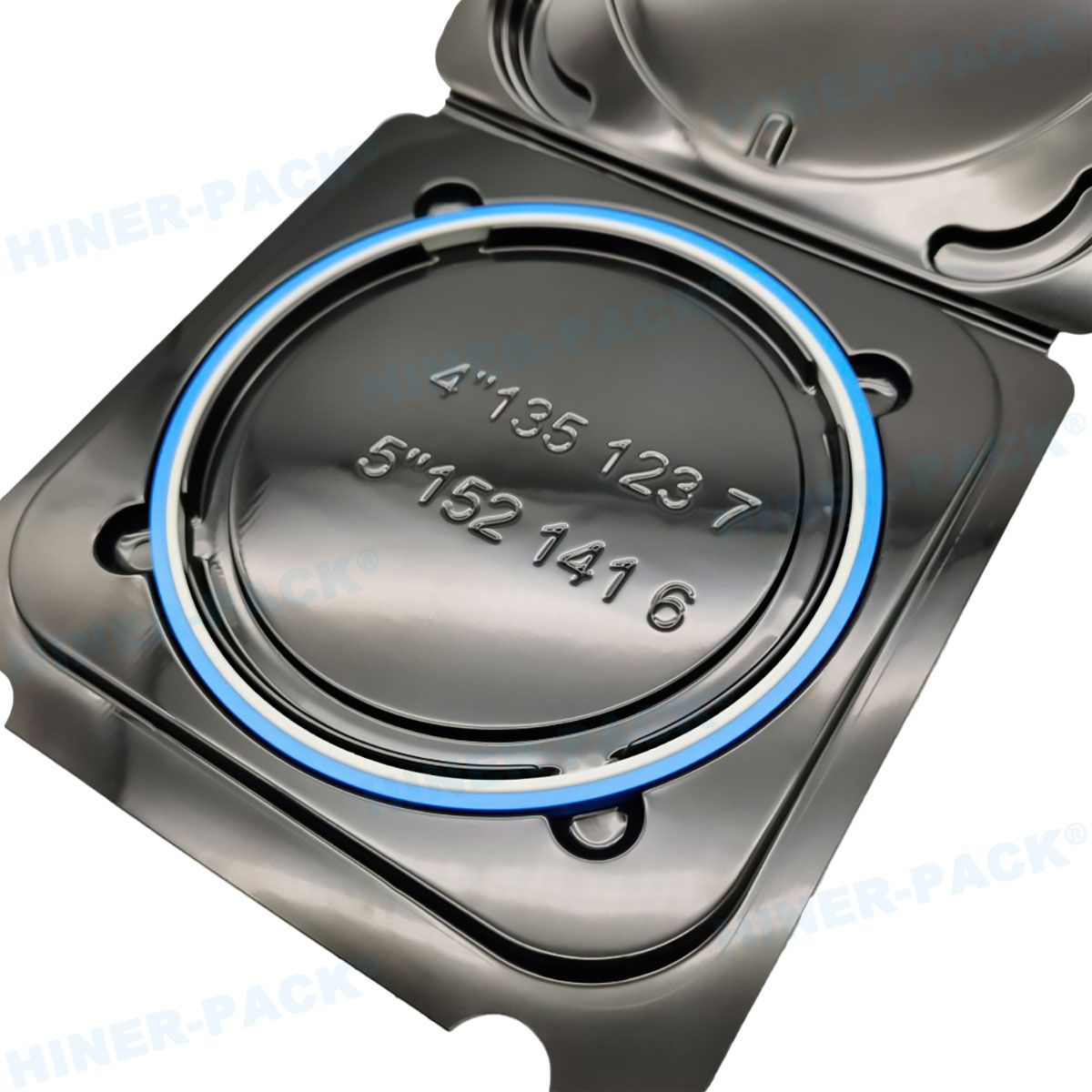
Best Practices for Selecting and Maintaining 300mm Wafer Carriers
Choosing the right 300mm wafer carrier involves a careful assessment of operational needs and industry benchmarks. Start by evaluating compatibility with your equipment—ensure the carrier aligns with SEMI E standards for wafer carriers to avoid integration issues. Consider the 300mm wafer carrier price in the context of total cost of ownership, including maintenance and potential downtime. For specialized requirements, a custom 300mm wafer container might be warranted, but always request prototypes or samples for testing. Maintenance is equally crucial; regular inspections for cracks, contamination, or wear can extend the carrier's lifespan. Clean carriers using approved methods to prevent residue buildup, and store them in controlled environments to avoid degradation. Additionally, training staff on proper handling techniques reduces the risk of damage. By following these practices, you can maximize the efficiency and durability of your 300mm wafer carrier, whether it's a standard 12 inch wafer carrier variant or a bespoke solution. This proactive approach not only safeguards your investment but also supports consistent production quality.
Future Trends in Wafer Carrier Technology
The evolution of wafer carrier technology is poised to bring significant advancements, particularly for the 300mm wafer carrier. Innovations in smart materials and IoT integration are expected to enhance real-time monitoring capabilities, allowing for predictive maintenance and reduced downtime. For example, future carriers might feature embedded sensors that track wafer integrity and environmental conditions, aligning with SEMI E standards for wafer carriers to ensure compliance. The 300mm wafer carrier price could see shifts due to these technological additions, potentially increasing initial costs but offering long-term efficiencies. Another trend is the rise of sustainable materials, driven by industry demands for eco-friendly solutions. Custom 300mm wafer container designs may incorporate recyclable polymers or reduced-weight structures to lower carbon footprints. As wafer sizes continue to grow, carriers will need to adapt to even larger formats, though the 300mm standard remains dominant for now. By staying informed on these trends, companies can anticipate changes and invest in future-proof solutions that maintain competitiveness.
In summary, the 300mm wafer carrier is a fundamental component in semiconductor manufacturing, with its design, cost, and standards playing critical roles in operational success. From understanding the equivalence of the 12 inch wafer carrier to analyzing the 300mm wafer carrier price and adhering to SEMI E standards for wafer carriers, each aspect contributes to efficient and reliable wafer handling. The option of a custom 300mm wafer container further allows for tailored solutions in complex environments. By applying the insights and best practices discussed, industry professionals can make informed decisions that enhance productivity and reduce risks. As technology progresses, staying updated on trends will ensure that these carriers continue to meet evolving demands.
Frequently Asked Questions (FAQ)
Q1: What is the main difference between a 300mm wafer carrier and a 12 inch wafer carrier?
A1: There is no functional difference; "300mm wafer carrier" and "12 inch wafer carrier" refer to the same size, as 300mm is approximately 12 inches. The term "300mm" is standard in the semiconductor industry for consistency, while "12 inch" might be used in regional or legacy contexts. Both are designed to handle wafers of this diameter, but it's important to verify specifications to ensure compatibility with your equipment.
Q2: How does the 300mm wafer carrier price vary based on customization?
A2: The 300mm wafer carrier price increases with customization due to additional design, materials, and testing requirements. A standard 300mm wafer carrier might cost between $50 and $200, while a custom 300mm wafer container with features like specialized coatings, integrated sensors, or unique dimensions can range from $200 to $500 or more. Factors such as compliance with SEMI E standards for wafer carriers also influence the price, so it's advisable to get quotes based on specific needs.
Q3: Why are SEMI E standards important for wafer carriers?
A3: SEMI E standards for wafer carriers ensure uniformity, safety, and interoperability across semiconductor manufacturing equipment. They define critical aspects like dimensions, materials, and performance criteria, which help prevent issues like wafer damage or misalignment. Adhering to these standards is essential for maintaining high yield rates and reducing costs, especially when integrating a 300mm wafer carrier into automated systems.
Q4: When should I consider a custom 300mm wafer container?
A4: You should consider a custom 300mm wafer container when standard carriers do not meet your specific operational needs, such as in environments with unique cleanroom requirements, specialized automation interfaces, or enhanced security measures. A custom 300mm wafer container can also be beneficial for handling fragile wafers or incorporating tracking technologies, though it may come at a higher 300mm wafer carrier price. Evaluate the return on investment based on improved efficiency and risk reduction.
Q5: How can I maintain a 300mm wafer carrier to extend its lifespan?
A5: To maintain a 300mm wafer carrier, perform regular inspections for signs of wear, clean it with approved solvents to avoid contamination, and store it in a controlled environment away from dust and moisture. Follow handling guidelines to prevent physical impacts, and ensure staff are trained on proper usage. Adhering to SEMI E standards for wafer carriers during maintenance can also help preserve functionality, whether it's a standard 12 inch wafer carrier or a custom 300mm wafer container.
Q6: Are there any emerging technologies affecting 300mm wafer carriers?
A6: Yes, emerging technologies like IoT sensors, advanced composites, and sustainable materials are influencing 300mm wafer carrier designs. These innovations enable real-time monitoring of conditions such as temperature and humidity, improve durability, and support environmental goals. As these technologies evolve, they may impact the 300mm wafer carrier price and customization options, making it important to stay informed for future procurement decisions.



